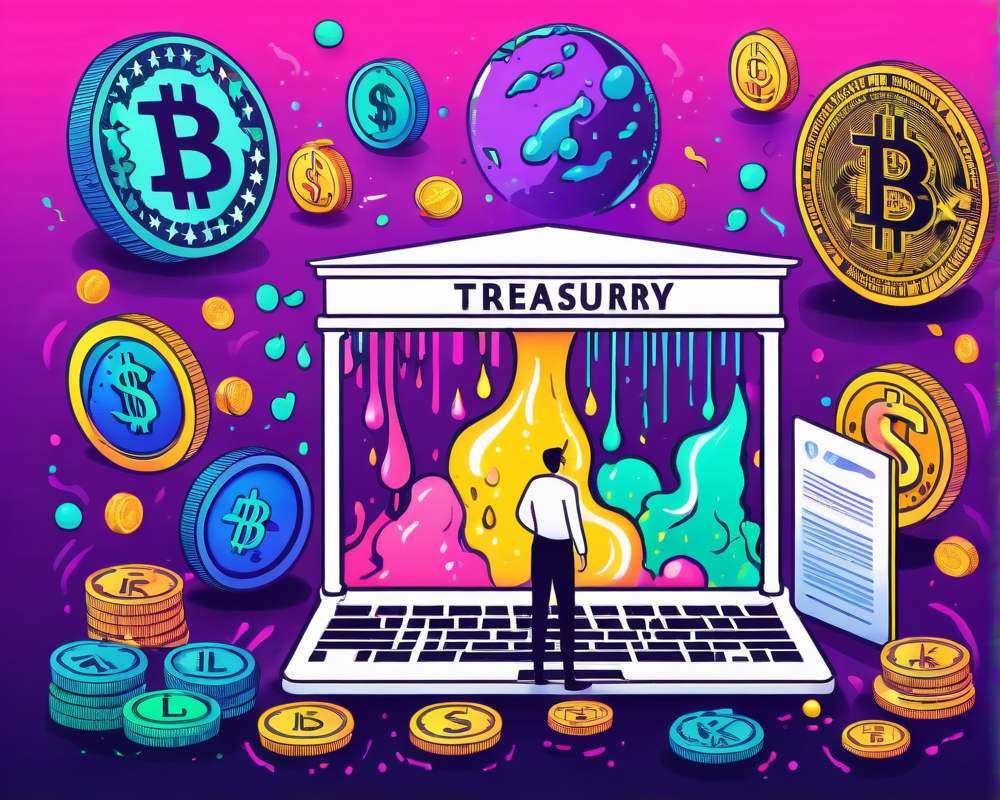The Incident That Shook the Market
On May 22, a fake image claiming to show an explosion near the Pentagon momentarily sent shockwaves through the stock market, causing a blip in the S&P 500. The now-suspended Twitter account “Bloomberg Feed” shared this fabricated image, and just like a magician pulling a rabbit out of a hat, it managed to fool many before the truth came out.
Twitter: Where Fake News Goes Viral
This wasn’t just a minor event where grandma mistyped a text to her knitting club. The image was shared widely, picked up by notable media outlets including the Russian state-controlled media, Russia Today, and India’s Republic, both boasting millions of followers. Talk about global confusion! They quickly deleted their tweets once the smoke cleared (no pun intended).
We Called the Experts: AI and Its Deceptive Power
Enter stage left: authorities swooping in like superheroes. The Pentagon Force Protection Agency confirmed that there was no explosion and no imminent danger. So why do people fall for these things? Could it be that deep down, in our social media-saturated souls, we crave the drama? As one Twitter user pointed out, the inconsistencies within the AI-generated image—from the oddly merging fences to the odd structure of the Pentagon—were dead giveaways. Who knew being an investigative journalist would come down to spotting weird fences?
A Market in a Panic
As the phony explosion made waves on social media, Wall Street had a minor panic attack. The S&P 500 dipped 0.26% before recovering faster than a cat from a surprise water encounter. The incident is a prime example of how misinformation can influence market dynamics, leaving us to wonder: if only there were a way to verify truth on the Internet!
Lessons Learned: The Need for Vigilance
This series of events serves as a stark reminder of the power of AI and the intricacies of information dissemination in our digital age. It highlights not just the dangers of deepfakes, but also the need for robust verification systems. As AI continues to evolve, it may raise more than just eyebrows; it has the potential to shake the very foundations of trust in media. In short, folks, check twice before you retweet!




